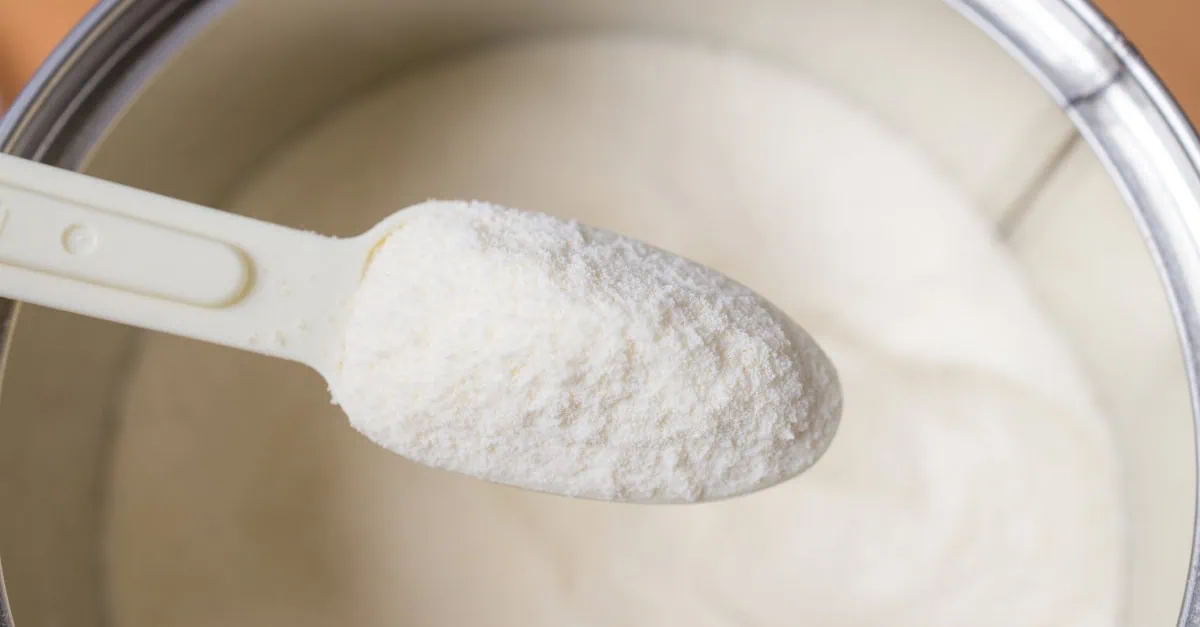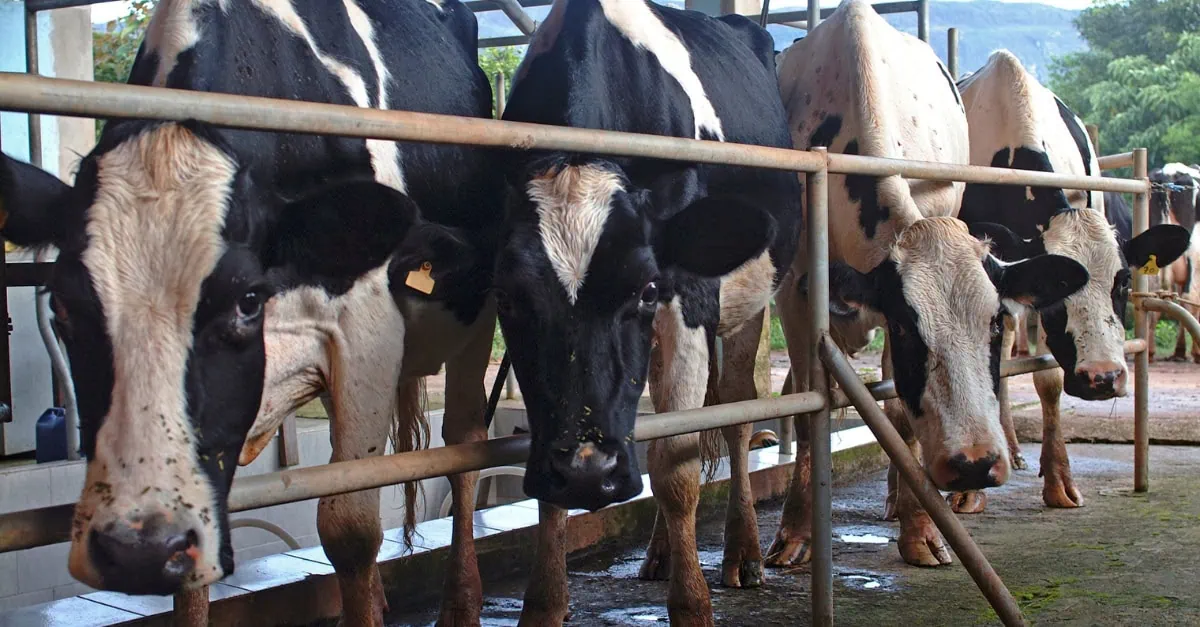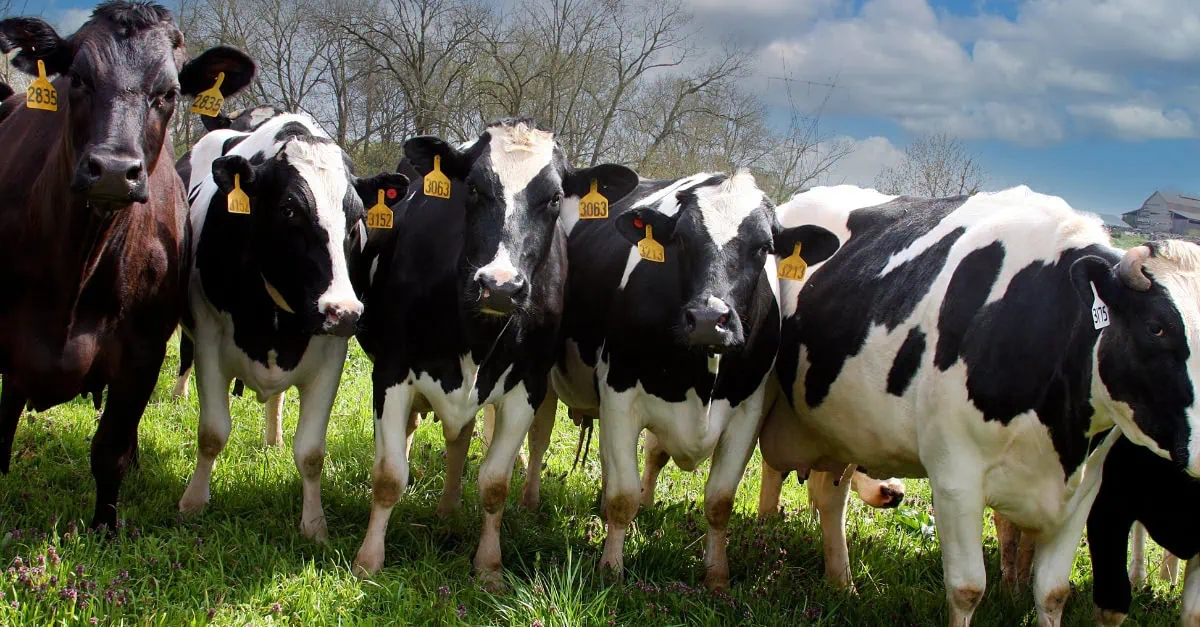July 2, 2025 – Market Analysis
The second half of 2025 has begun with significant downward pressure across global dairy markets, defying earlier optimistic projections for the period. Major dairy commodities are experiencing price corrections despite mixed fundamental signals, suggesting that market sentiment and seasonal factors are currently outweighing traditional supply-demand dynamics.
Global dairy auction results signal bearish sentiment
Recent Global Dairy Trade auction results have confirmed the weakening sentiment across major dairy producing regions. Oceanian prices declined as increased volumes were offered for upcoming delivery periods, while European milk powder prices have moved below key psychological levels just as the traditional European holiday season approaches.
The auction outcomes reflect broader market dynamics where higher production levels coincide with subdued demand from key importing regions. Market participants are closely monitoring whether this represents a temporary seasonal adjustment or the beginning of a more sustained market correction.
Butter markets disconnect from cream price strength
European butter markets are experiencing an unusual disconnect from traditionally correlated cream prices. While cream markets have strengthened due to warmer weather conditions and increased ice cream demand, butter prices are moving in the opposite direction, suggesting fundamental supply-demand imbalances.
The butter market is currently testing lower price ranges despite supportive factors including elevated cream costs and steady consumption patterns. This divergence indicates that supply-side pressures, including higher production levels and changing trade flows, are overwhelming the support typically provided by input cost increases.
Regional variations remain pronounced, with significant price differentials persisting between European, Oceanian, and US markets. Export performance varies considerably by region, with some markets maintaining strong outbound shipments while others face headwinds from currency movements and competitive positioning.
Milk powder markets face abundant supply challenges
Skim milk powder markets are experiencing weakness across all major producing regions, with abundant supplies from the northern hemisphere milk flush coinciding with tepid demand patterns. The combination of peak production timing and limited buying interest is creating pressure on pricing structures.
European markets are particularly affected by unfavorable currency conditions that are limiting export competitiveness. Some market segments are already seeing transactions below traditional price floors, particularly for older inventory that requires prompt movement.
Import demand from key Asian markets shows mixed patterns, with some regions maintaining steady purchasing activity while others have significantly reduced their intake compared to previous years. This uneven demand profile is contributing to the overall market weakness.
Whole milk powder navigates competing influences
Whole milk powder markets are caught between conflicting forces, with constituent ingredient prices moving in different directions. While butter and milk powder components are showing weakness, steady buyer interest around current price levels is providing some stability.
The chocolate industry’s reduced purchasing activity continues to impact demand patterns, as elevated cocoa prices affect confectionery production economics. This sector-specific weakness is removing a traditionally important source of WMP demand.
Production adjustments in key regions are beginning to influence market dynamics, with some areas reporting significant output changes compared to previous years. These supply-side adjustments may provide future market support, though their impact is not yet fully reflected in current pricing.
Currency and trade dynamics complicate outlook
Exchange rate movements are playing an increasingly important role in global dairy trade competitiveness. The strength of certain currencies is creating export challenges for some regions while benefiting others, leading to shifting trade flow patterns.
Market participants are adapting to these currency-driven competitive changes, with some buyers taking advantage of favorable exchange rates while others face reduced purchasing power. These dynamics are expected to continue influencing global dairy trade patterns throughout the summer months.
Summer seasonality adds uncertainty
The onset of the traditional summer trading period is introducing additional market complexity. Reduced buyer activity during holiday seasons typically creates thinner markets and increased price volatility, though fundamental supply-demand factors remain the primary long-term drivers.
Market observers are questioning whether current weakness represents normal seasonal adjustments or signals more persistent challenges. The interaction between seasonal patterns and underlying market fundamentals will likely determine the trajectory for the remainder of 2025.
Access the full week 27 market analysis on the Vesper platform here: https://app.vespertool.com/market-analysis/2064





